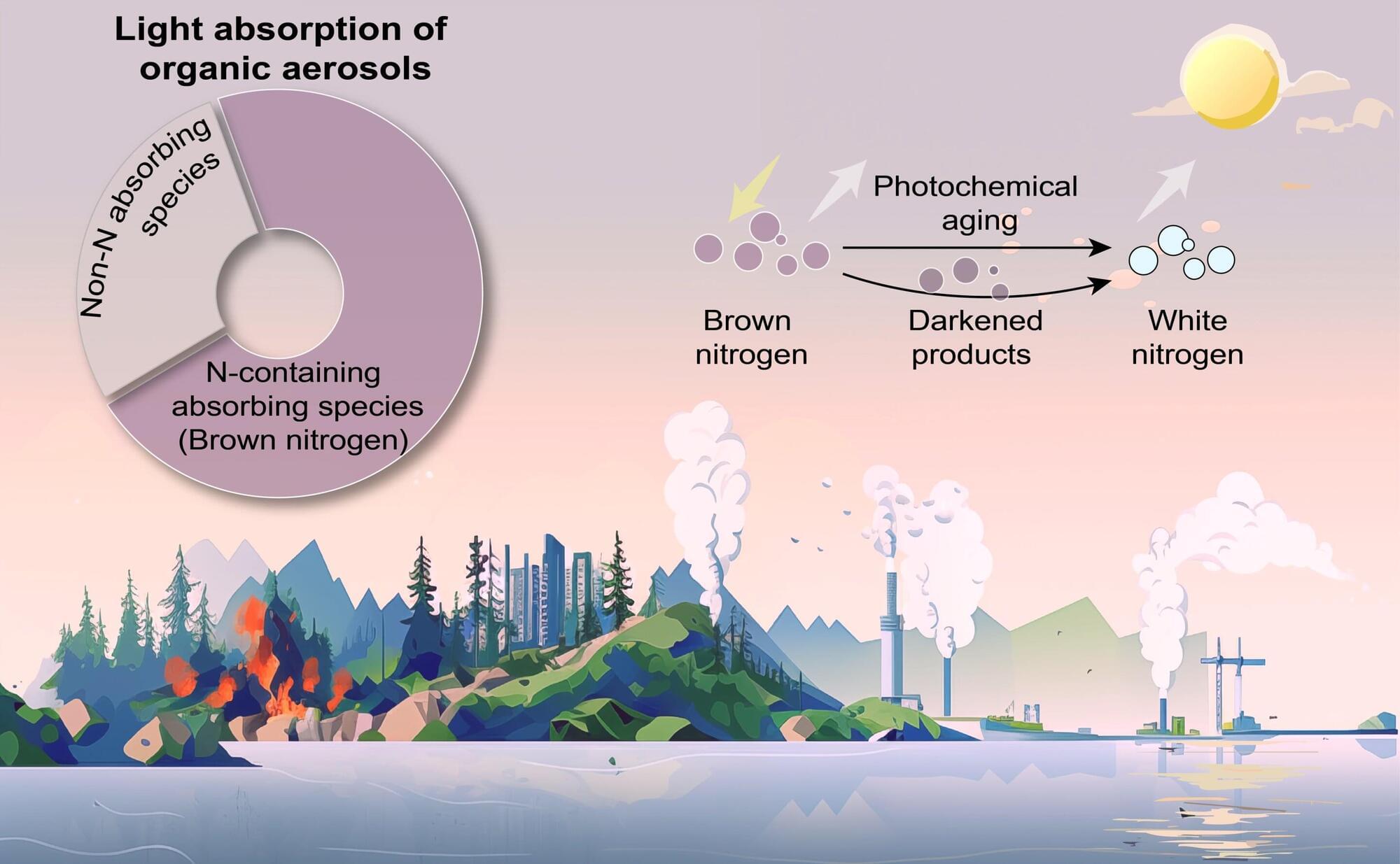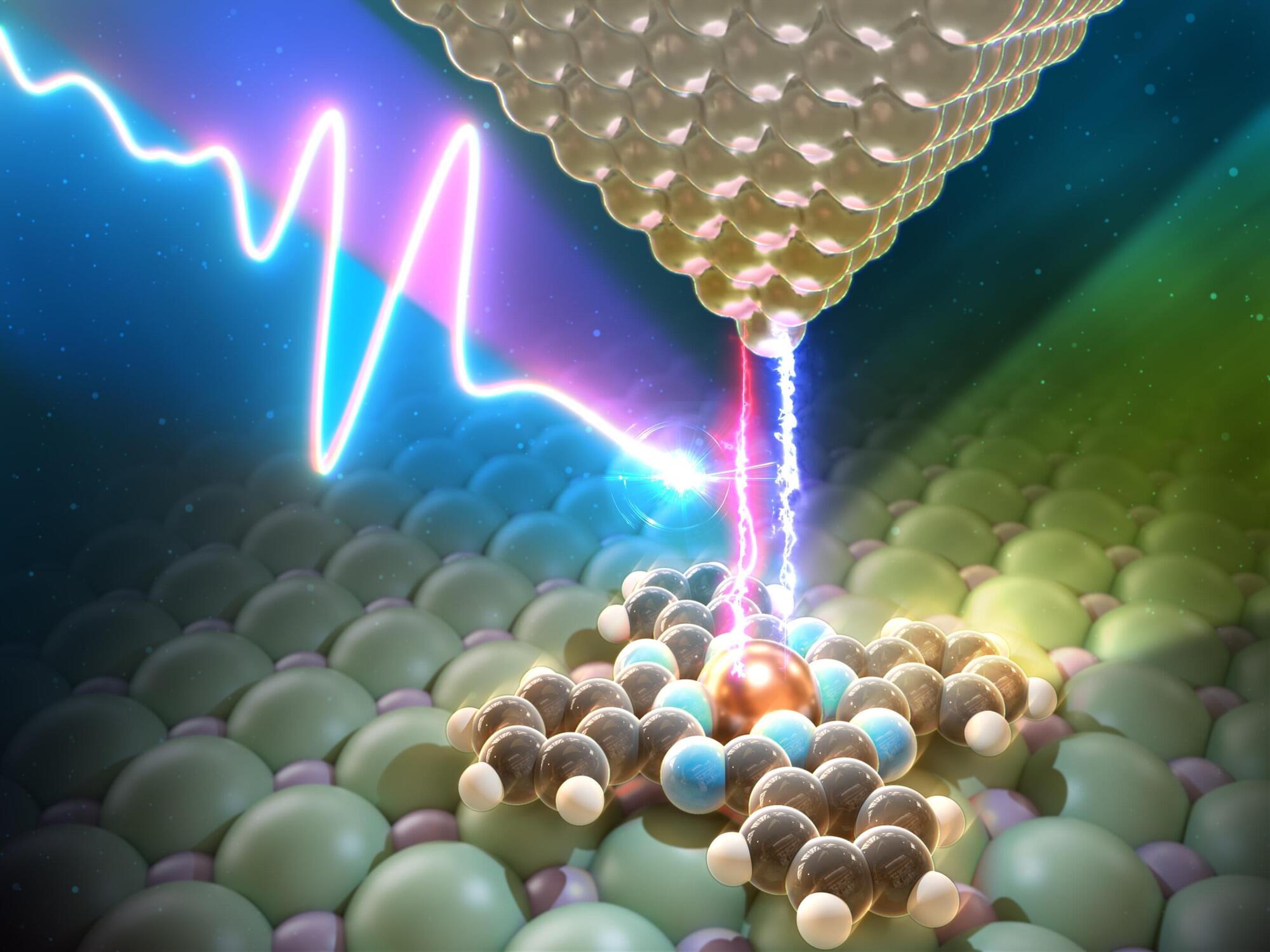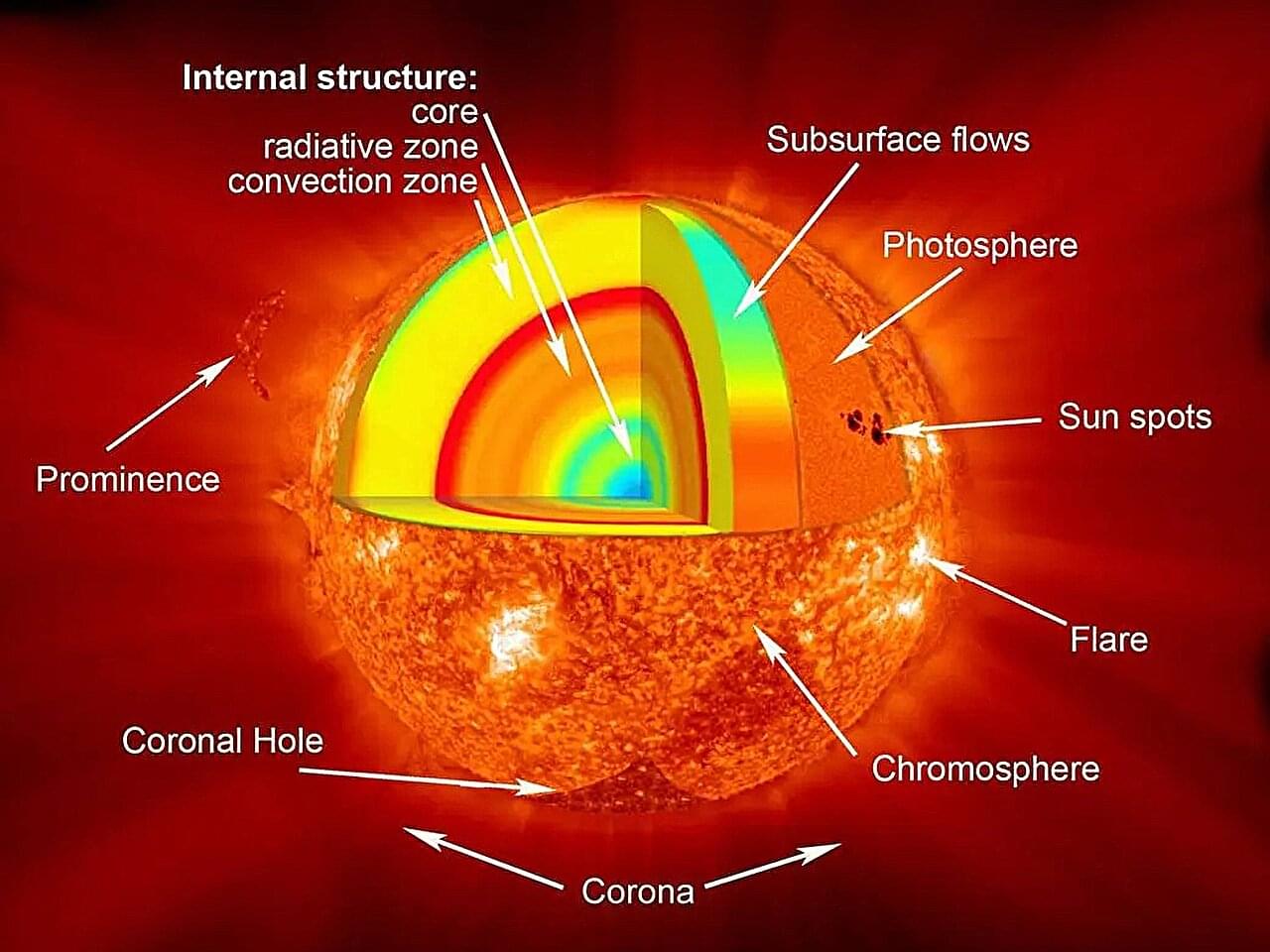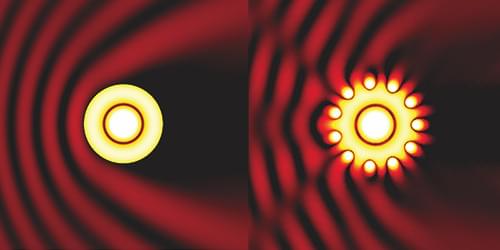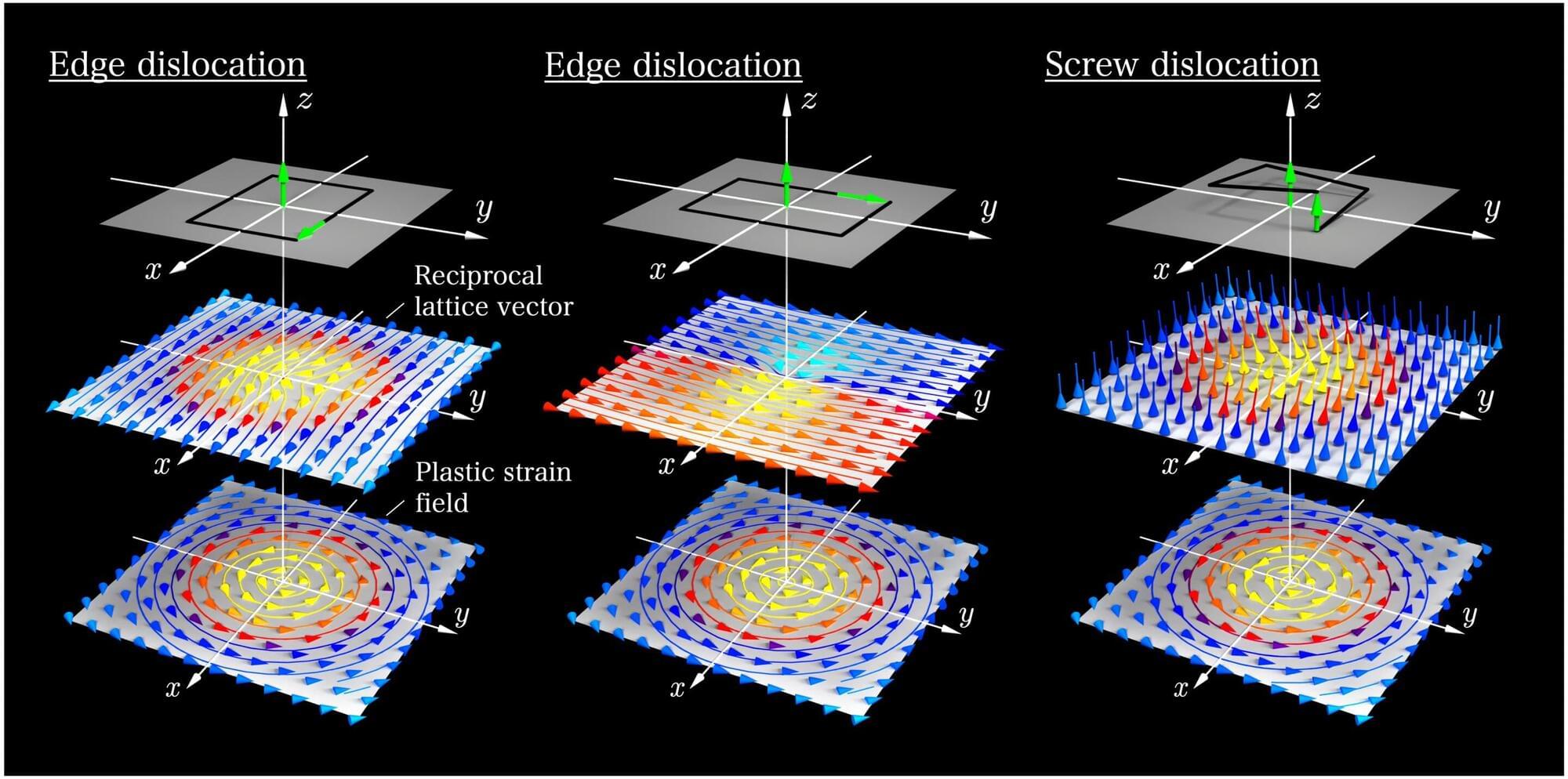The speed of light is often regarded as the ultimate cosmic speed limit, but researchers have now managed to slow it down dramatically—to just 61 kilometers per hour. This was achieved by using a Bose-Einstein condensate (BEC), a peculiar quantum state of matter that allows light to be slowed or even stopped entirely. This discovery, which builds on decades of research, has implications for quantum physics, computing, and information storage.
The Quantum Jelly Effect In everyday conditions, light moves at 299,792,458 meters per second in a vacuum, and its speed decreases slightly when passing through materials like glass or water. However, these reductions are relatively small. In contrast, when light travels through a Bose-Einstein condensate, it can be slowed to a near standstill.
A Bose-Einstein condensate is an exotic state of matter, first predicted by Albert Einstein and Satyendra Nath Bose, that occurs when a gas is cooled to temperatures just above absolute zero. Under these conditions, the atoms behave as a single quantum entity, exhibiting superfluidity and interacting with light in ways not seen in ordinary materials.



